Looking through a microscope provides a wonderful view of details not visible to the naked eye. Ordinary things can look very special when magnified.
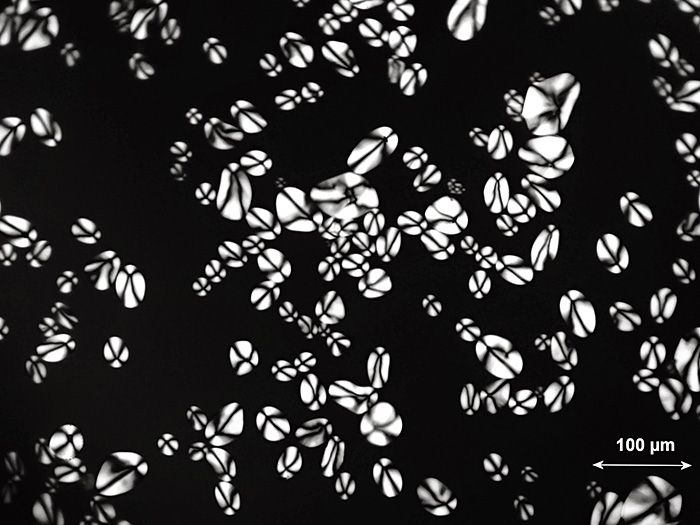
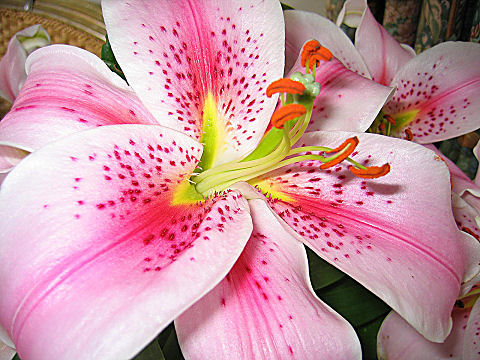
Garden lily 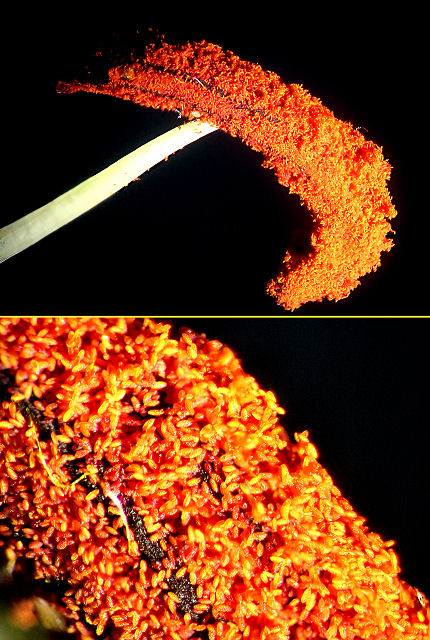
Lily stamen with pollen
The exhibition Microscopes: Nature Revealed that is on display at the National Museum of Scotland introduces visitors to the development of microscopy over the past couple of hundred years.
It highlights that since the 19th century, boxes of microscope slides have been sent to Postal Microscopical Society members regularly. However, I’d like to share that it is still in action today. In fact, as a member when I receive a set of slides, I always enjoy the anticipation of opening a new box. It’s fun to discover the varied subjects shared, here are a few examples.
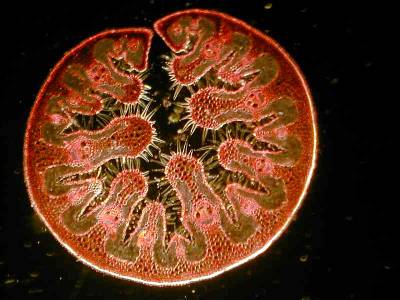
Cross section of a marram grass stem 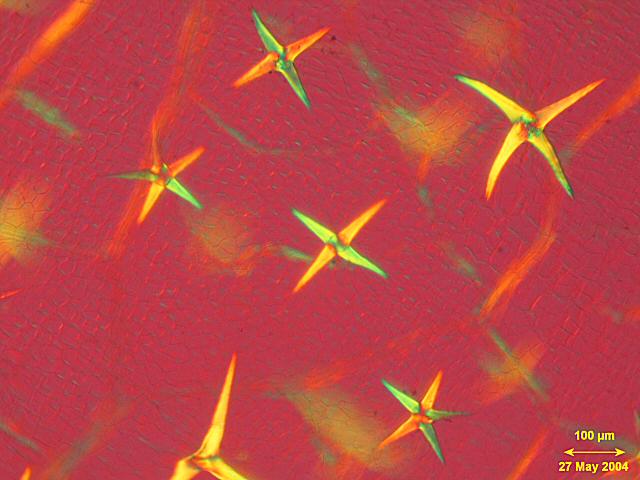
Stellate trichomes (hairs) on leaf of Deutzia gracilis 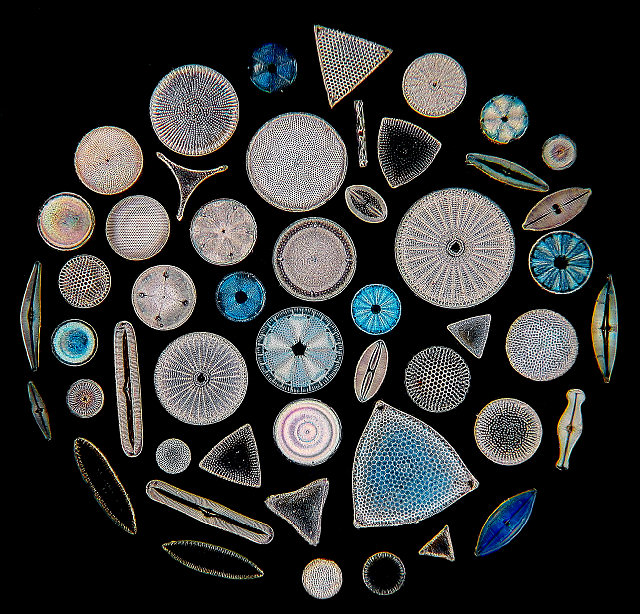
Exhibition slide of diatoms
I am also President of The Quekett Microscopical Club, who organise a variety of excursions for members and people interested in joining. In July 2019, we were led into the bogs of the North York Moors by the Peat Restoration Project team. Sphagnum mosses are the main ingredient for new peat, and their large cells act as water reservoirs – which was another delight to look at up close with a microscope.
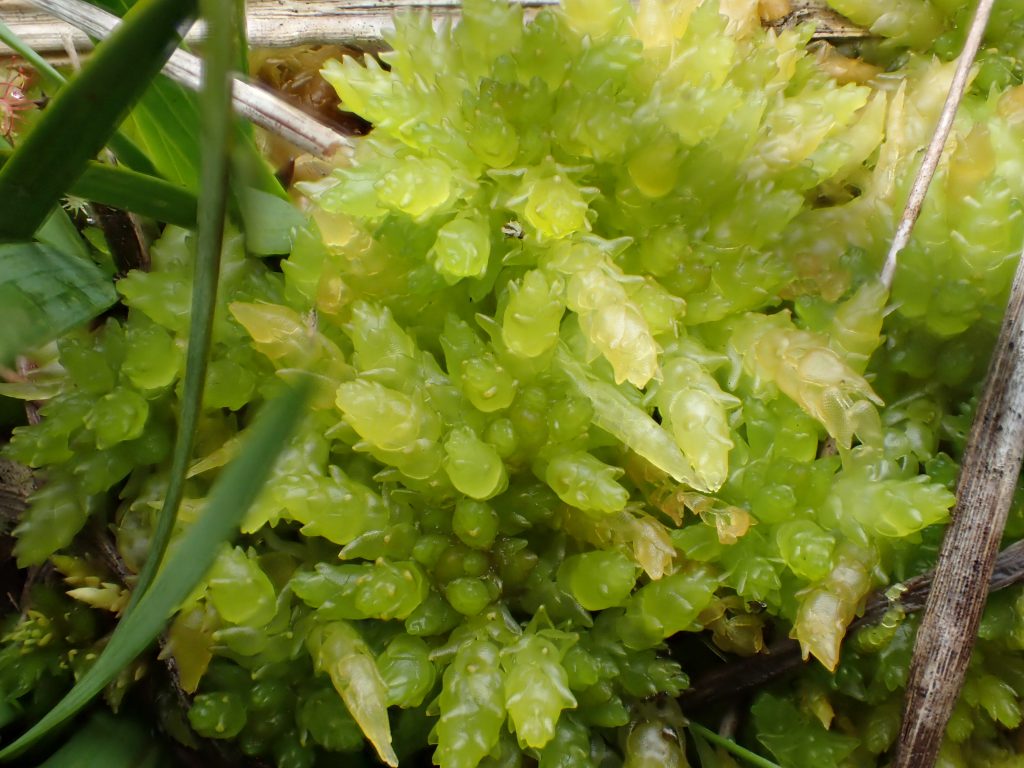
Sphagnum moss 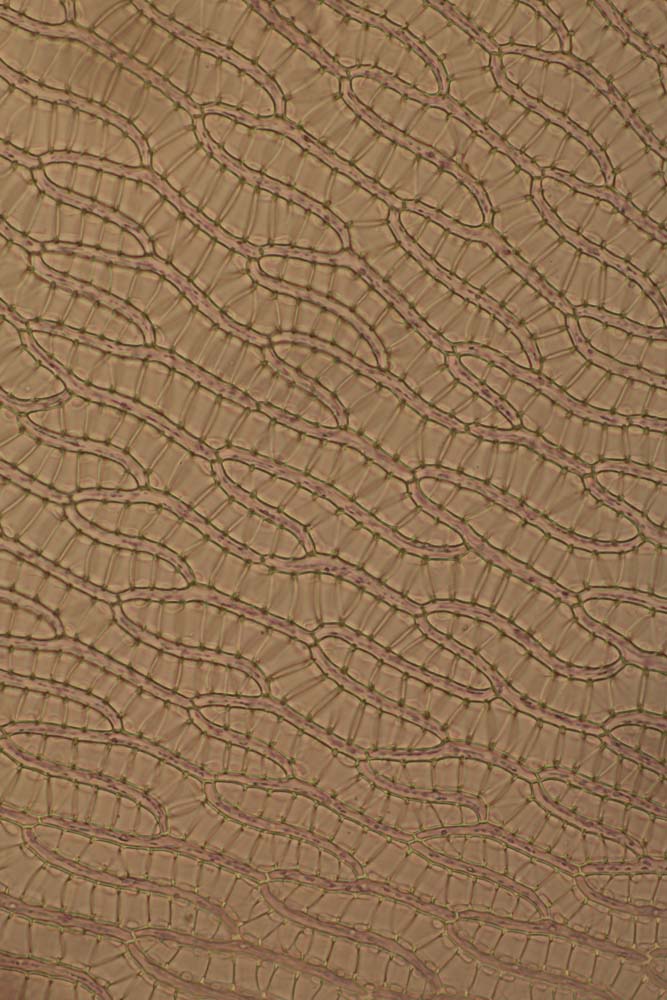
Cells in a leaf of sphagnum moss
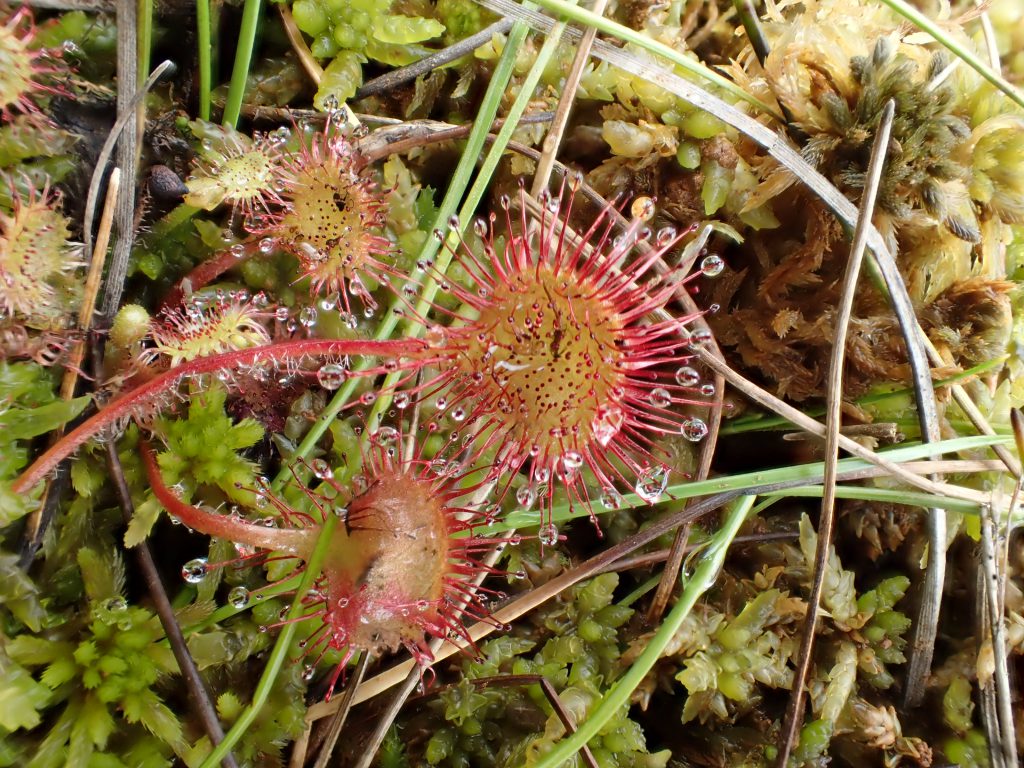
In fact, everyday items are fascinating in detail. Insects have amazing eyes with multiple lenses.
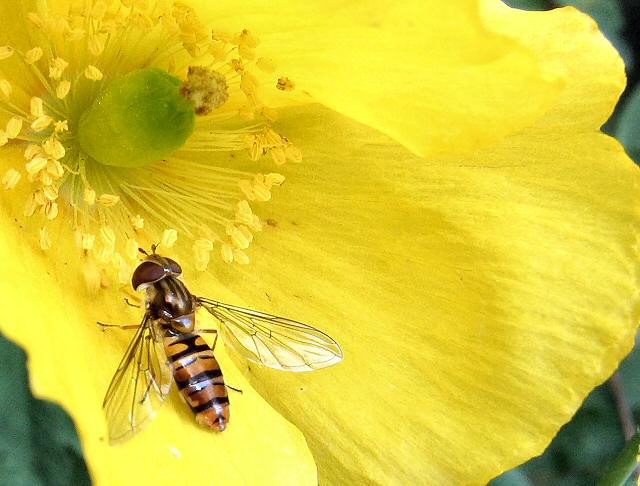
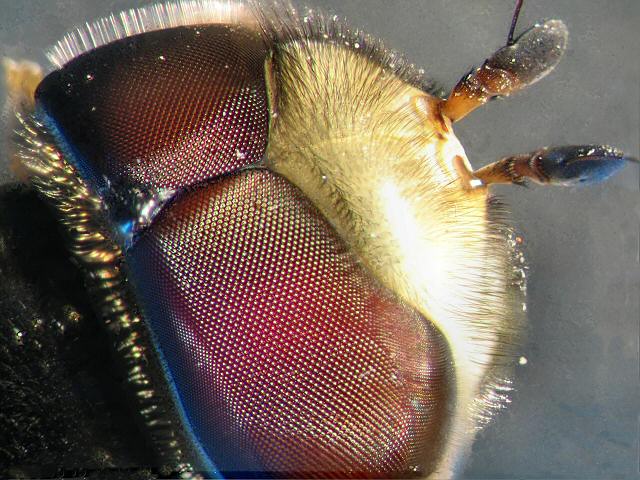
The same hoverfly in close up
In the recent hot weather, I took a close look at a Panama hat. The plant fibres come from Ecuador and are known as Panama hats because the original imports came via Panama to Europe.

Even knitting wool looks incredible under a microscope with a polarising set up (old sunglass lenses work well as a cheap way to achieve this).
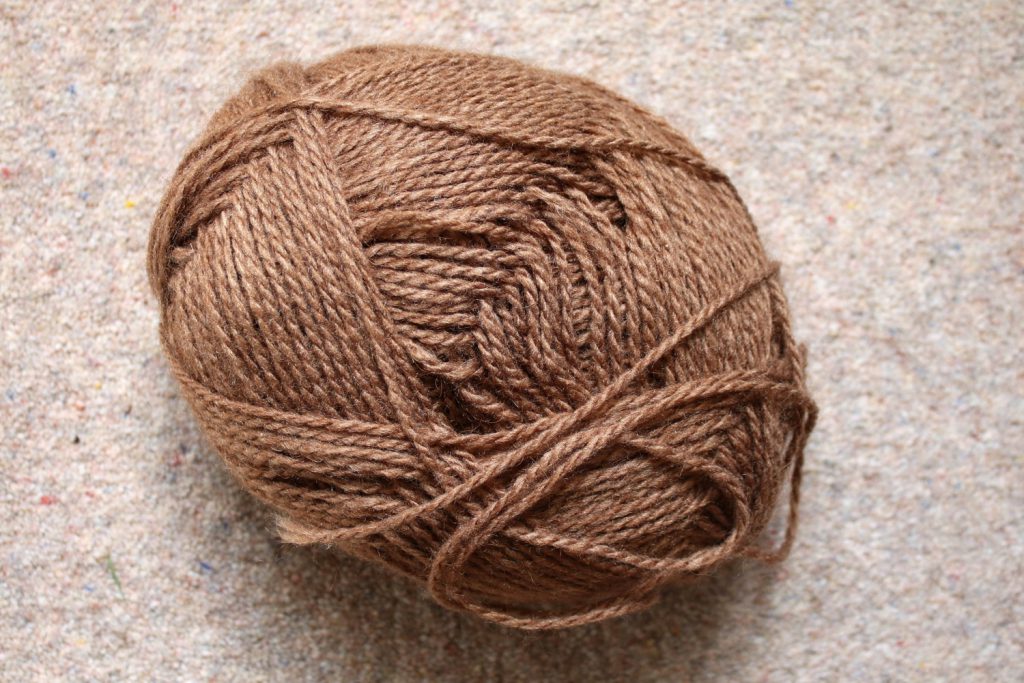
Alpaca wool 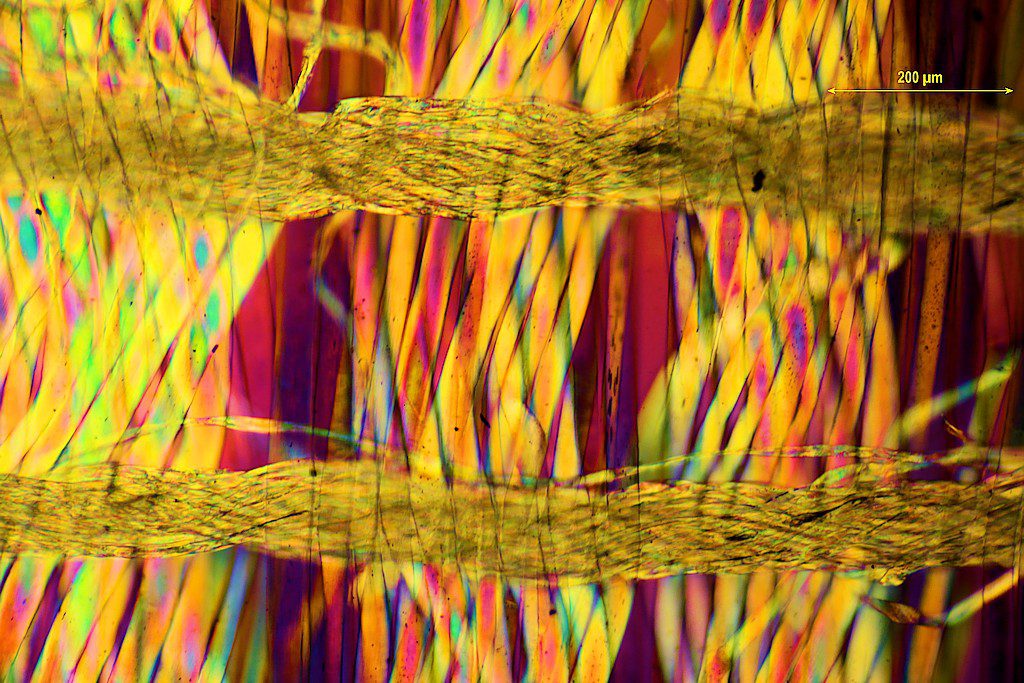
Alpaca fibres in detail
I hope you have enjoyed this brief glance through the lens of my microscope, and I would encourage you to learn a little more by seeing the small display Microscopes: Nature Revealed at the National Museum of Scotland.